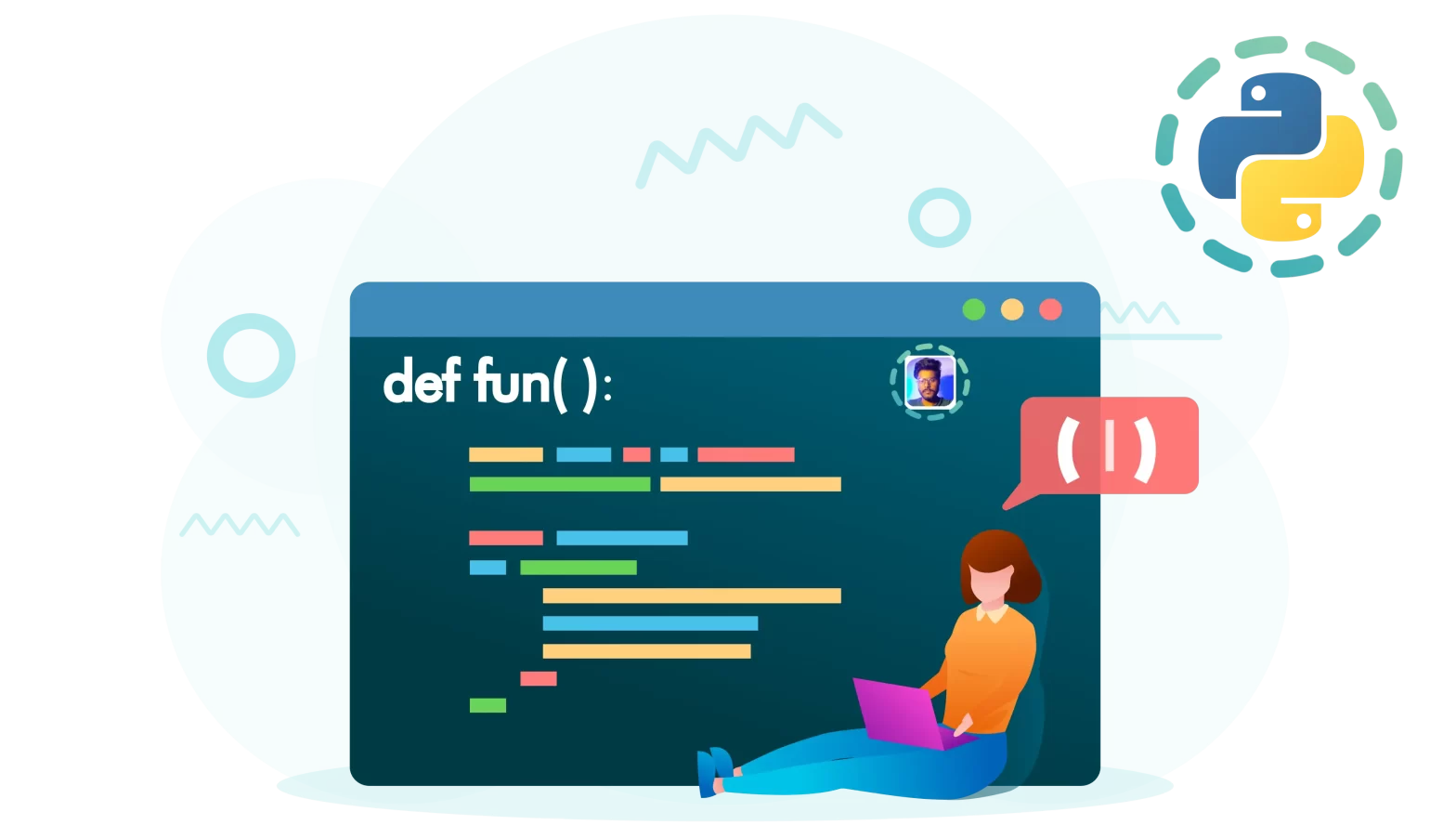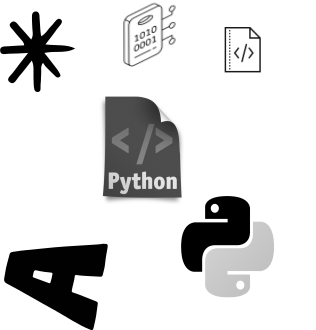
Category: Python
What is Return Statement in Python : Syntax and Usage
What is Return Statement in Python In Python return keyword is used at the end of the function when there is a need to send back the result of the function back to the caller. Software programming is not about printing result all the time. Behind the scenes, perform calculations hidden from the users. Further… Continue reading What is Return Statement in Python : Syntax and Usage
Creating Python Function That Take Parameters
Introduction According to Wikipedia Python is a high-level and general-purpose programming language. Its focus on design code readability with the use of significant indentation. Python dynamically typed language and garbage collected. It supports multiple programming mthod, including structured, object-oriented and functional programming. Read more about python on Wikipedia.Function in python is an block of code… Continue reading Creating Python Function That Take Parameters
Python3 101 Tricks for beginners Part 1
Introduction Python is an open source popular programming language. It is mostly using in every fields. In Python3 101 tricks for beginners part 1 is the first part of Python3 Tricks for begineers Series. Python List Small Python3 101 Tricks for beginners Part 1 I hope you knows about slicing, + operator, indexing, for loop.… Continue reading Python3 101 Tricks for beginners Part 1
How to Install Python in Ubuntu Through Terminal
Introduction Python is a popular programming language used for automation, web scraping, artificial intelligence, and other fields. At the time of writing this article python’s latest version is 3.12. Almost every Linux based distro comes with a version of Python included in the default system packages. As All Linux distribution have Python pre-installed. May be… Continue reading How to Install Python in Ubuntu Through Terminal
Python List Interview Coding Question Pratice With Solution
Whether you’re preparing for a job interview or simply looking to sharpen your Python skills, this resource is designed to help you master list-related coding challenges commonly encountered in interviews. Throughout this practice exercise, you’ll find a series of Python coding questions focused on lists, along with detailed solutions to guide you through the problem-solving… Continue reading Python List Interview Coding Question Pratice With Solution
Python Variables – Multiple Value Assignment
Many Values to Multiple Variables In Python, you can assign multiple values in a single line. Here are a few methods. One Value to Multiple Variables In Python, you can assign one values to multiple variables in a single line. Here are a few methods. Unpacking Assigning all the value into variables is called unpacking.… Continue reading Python Variables – Multiple Value Assignment
Variables Name in Python
Variable Names In Python, a variable is like a storage box that holds information. It can have a short name, like a or b, or a more descriptive name, such as year, dayname, or total_area. Choosing a meaningful name for your variables helps you and others understand what information the variable is storing. Here’s an… Continue reading Variables Name in Python
Python Variables
Variables Variables are simply a container for storing values. Create Variables Python has no key for declaring variables, Variables are created when you assign a value to it. In Python do not need to declare the variables type, variable type automatically assigned when you will assign a value and variables types can be changed after… Continue reading Python Variables
Python Tutorial
Below is a beginner-friendly Python tutorial covering some fundamental concepts. Python is a versatile, high-level programming language known for its readability and ease of use. Learn It By Example Write your first Python program. Installation Download and install Python from the official website. I Hope You installed it, If you didn’t you can use online… Continue reading Python Tutorial
Understanding PEP8 in Python
Introduction Let’s Understanding PEP8 in Python, with its simplicity and readability, has become one of the most popular programming languages for a wide range of applications. To maintain consistency and improve code readability, the Python community follows a set of guidelines known as PEP 8. PEP stands for Python Enhancement Proposal, and PEP 8 specifically… Continue reading Understanding PEP8 in Python



















